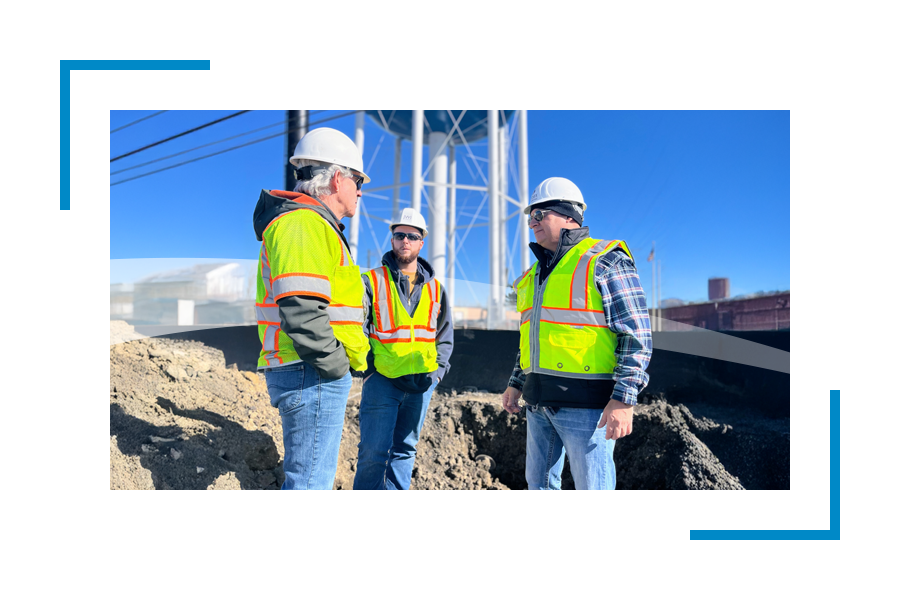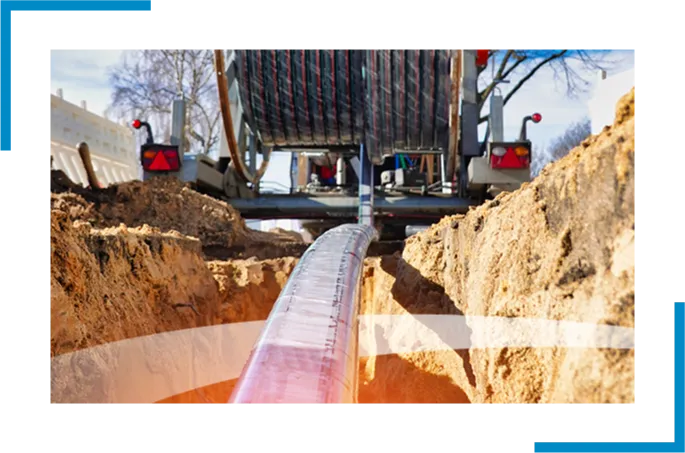What is the future of data infrastructure solutions such as fiber optics?
Fiber optics will be at the forefront of meeting our changing demand and appetite for all things technology–artificial intelligence, expansion of 5G networks and emerging technologies. As the demand for high-speed, reliable internet continues to surge with the proliferation of smart devices, streaming services, and the Internet of Things (IoT), fiber optics will be at the forefront of meeting these needs.
Explore our Capabilities
-
Longhaul Fiber Projects
Designing and program management of large-scale fiber networks along the nation’s highway systems is a special expertise of Adesta, an Allied Universal company, and something we’ve done for many years along highway medians or in the right of ways. -
Middle Mile Infrastructure
Middle Mile infrastructure is essential for bringing broadband to communities that were previously isolated with rudimentary connections. Once in place, many of these networks deliver a heightened level of security and safety by providing interoperability between first responders and/or enhancing communications capabilities by connecting state and local government agencies via one network. -
Last Mile Infrastructure
Constructing the final leg of a network that delivers connectivity from a communications provider to a customer premise. Services are available for both the wireless and wired subsets of these market segments. -
Intelligent Transportation Systems (ITS)
Utilizing our fiber optic networks, CCTVs, Vehicle Detection Systems and other technologies, we're able to improve weather and safety alerts and reduce congestions and delays by providing roadway and transportation systems operators and travelers with real-time information. -
Campus Environments
Specializing in new private fiber construction and infrastructure wide upgrades for large campuses and data centers. Turnkey solutions include planning and engineering, construction, boring, cabling, and test and turnup. Coordinating and project managing everything for electrical, concrete etc. -
Strategic Planning
Consultation with clients early in the planning process to develop a clear and strategic plan for scalable, secure networks. Services may include bid planning, GIS mapping, locating and site surveys.
Business Benefits
High Bandwidth Demand
-Scalability
+Latency Issues
+Frequently Asked Questions
-
Question: How do you ensure network security and compliance with industry standards?
Answer: We hire, train and retain professionals who work to industry standards and who have the qualifications required to deliver these services. We also frequently update certifications and provide ongoing education as needed.
-
Question: What is your experience and track record in fiber optics and network management?
Answer: We’ve been constructing fiber networks since the late 80s, implementing large-scale fiber network projects for clients such as the Illinois Tollway, the New York State Thruway, energy companies like ComEd, and municipalities across the country.
-
Question: Do you provide all services right across the United States?
Answer: Yes, we provide services from coast-to-coast.
-
Question: What's better? Fiber optic or satellite connectivity?
Answer: That depends on a few things, such as:
1. What type of data are you transmitting?
2. Where are you located?
3. How quickly do you need to deploy the connection?
For the most secure, lowest latency, most scalable connectivity, a fiber optic connection always wins. However, if you are located in a very remote area you may find that deploying satellite connectivity is the quickest and best option to get up and running quickly. If you're using the connection for critical applications, again, fiber optic is going to be optimal. Both technologies are very reliable but depending on your applications and location, one may be a better choice than the other.








